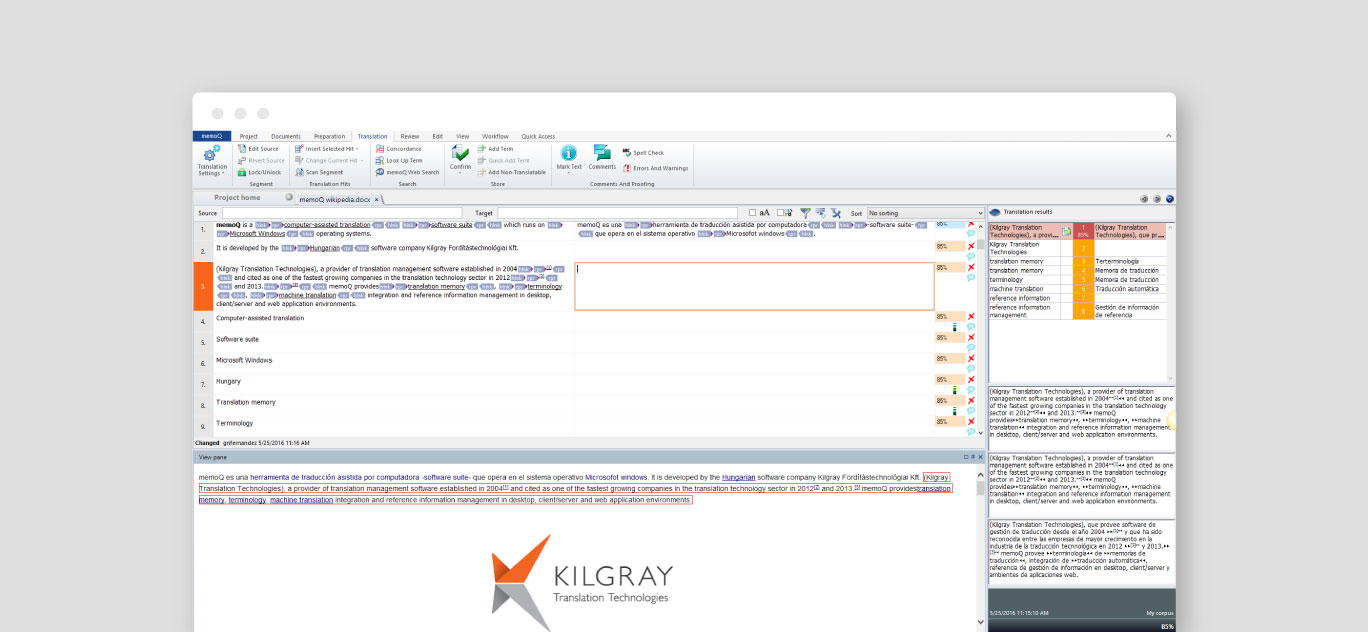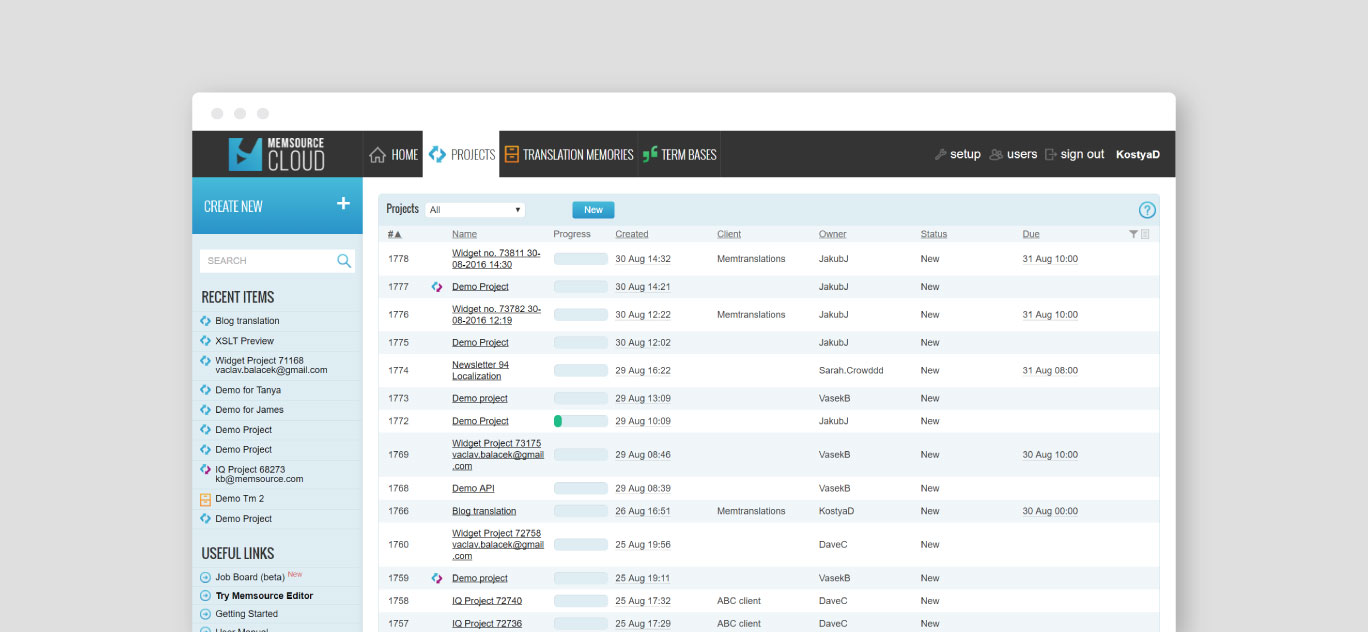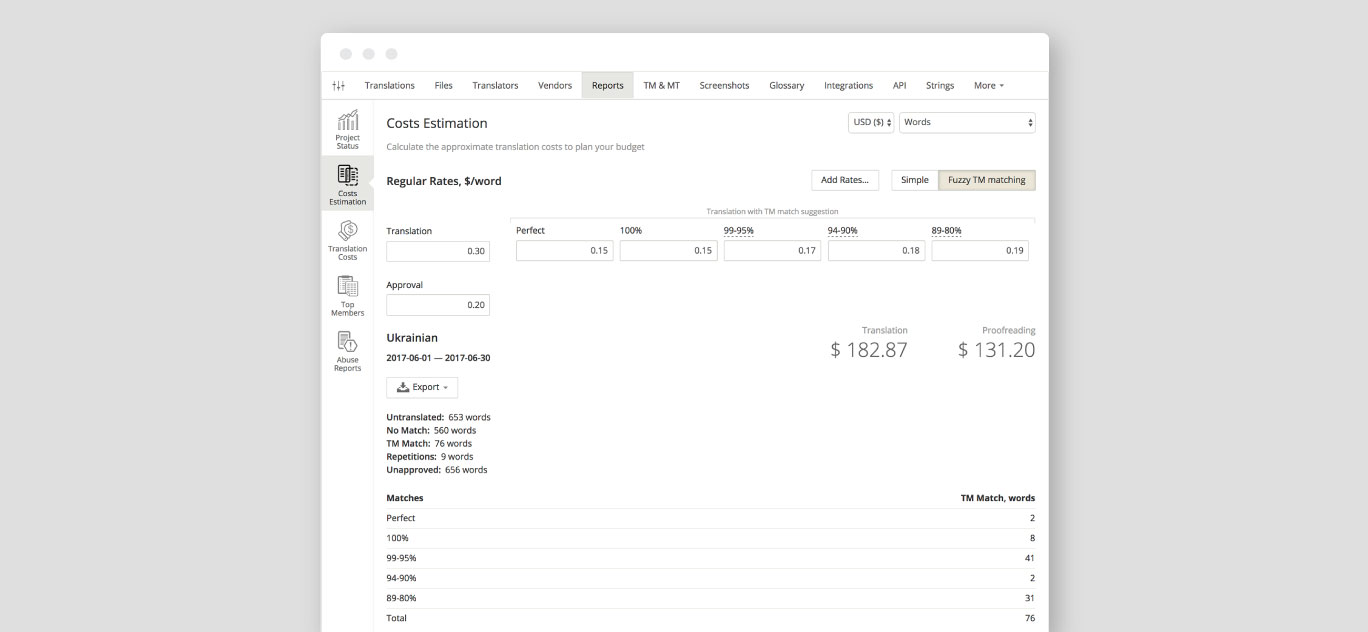What is a translation management system?

A translation management system (TMS), also known as globalization management system (GMS), is a tool that automates the human translation process as much as possible. Translation management systems aim to allow human translators to work efficiently by automating administrative and non-essential tasks throughout the translation process. Then, the human translators can focus solely on the creative work of actual translation, editing, and review. Translation management systems can range from a small tool installed on a computer to an online solution that is embedded in the customer’s system.
How do translation management systems work?
Translation management systems include two types of technology: process management technology to automate workflow, and linguistic technology to help the human translator. The process management technology monitors source language content for changes and routes the content to a team of translators and language reviewers, who could be working remotely from across the world.
The main features of a translation management system include:
- CAT tool: Translators and reviewers work on a platform called Computer Aided Translation tool (CAT tool). CAT tools include useful features such as translation memory (TM) and terminology database, which are useful for maintaining consistency across translations done by different people. Here is an example of memoQ’s CAT tool:

- Translation memory: Translation memory (TM) is a database of previously translated phrases and fragments. The CAT tool records all translations as the translator works, to feed the translation memory. The CAT tool also segments source documents and suggests previously used translations if it finds a suitable match in the translation memory. The human translator must manually validate the suggested translation if they choose to use it.
- Terminology database: This is a database of translations for terms and branding, which is important for ensuring consistency in branding across regions and languages.
- Integrated machine translation software: Most translation management systems have API connectors for popular machine translation providers, which translators can use as they need. Sometimes it’s easier for human translators to edit and perfect a machine translation than to come up with their own translations from scratch.
- Integration with customer systems: Some translation management systems are integrated with content management systems (CMS), Git, and other well-loved customer systems. This helps streamline the flow of content into the translation management system without requiring users to learn a new platform. This integration also further automates processes because the translation management system can easily push and pull content, and automatically send it back to the customer system.
- Business management: Some translation management systems such as Memsource and Crowdin include business management functions such as a preview of how much a translation will cost, and a dashboard where users can monitor project activity and progress. Here is an example of Memsource’s project management dashboard:

Why should you use a translation management system?
Here are just some of the benefits of using a translation management system:
- Process automation: Translation management systems can save users a lot of time by automatically picking up the content to be translated.
- Transparency: Translation management systems provide users with a clear, at a glance overview of all of their content via customizable dashboards and reports. Some translation management systems like Memsource have secure, 24/7 access to their translation project information and assets. Users can see project activities and monitor progress at each step of the way.
- Website localization: Some translation management systems are integrated with content management systems (CMS) to regularly publish content to a website, which is useful for website localization. This way, the translation management system can automatically grab new content as soon as it is generated, and assign it to translators. In the future, we expect more translation management systems to support interoperation with content management systems, so content managers should be able to order translations directly through their content management systems. A few plugins such as WordPress already support this feature.
- Project management: Users can bundle and manage orders from within the translation management system, and easily keep track of the status of multiple projects. You can also streamline processes for complicated translation projects that involve large teams with members working in different time zones. Here is an example of the cost estimation page on Crowdin’s dashboard:

Why Gengo?
We partner with leading translation management systems such as Memsource, Transifex, PhraseApp, Crowdin, and Wovn, so our translators can use the most efficient productivity features. Contact us to find out more about our partners.


